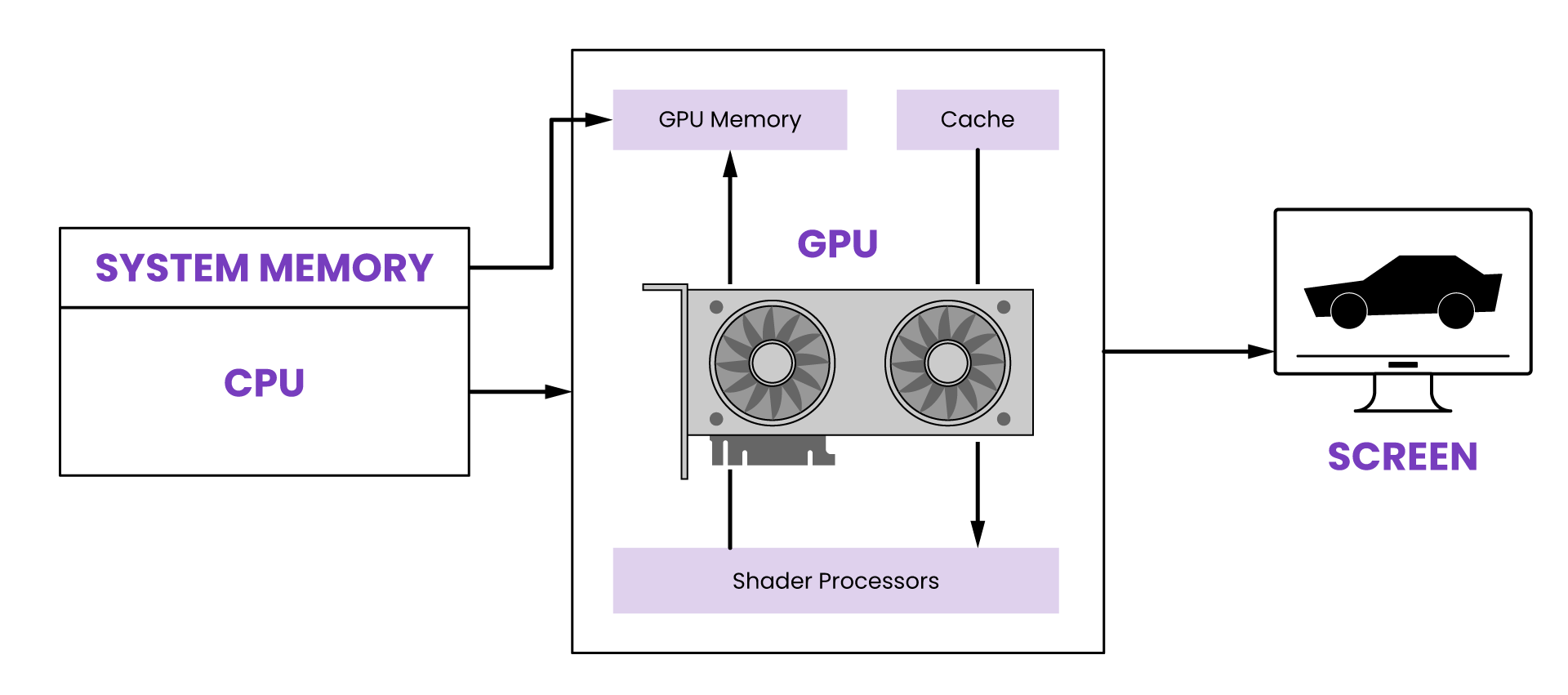
What Is Frame Buffer in Video Games? Simple Terms Explained
When diving into the world of video games, you may encounter a variety of technical terms that can seem daunting at first glance. Among these terms is “frame buffer.” If you’re curious about what a frame buffer is and how it plays a vital role in your gaming experience, you’re in the right place. This guide will break down the concept in simple terms, making it easier for you to understand and appreciate its importance in video games.
Understanding the Basics
At its core, a frame buffer is a specific section of the computer’s RAM (Random Access Memory) that temporarily holds image data. Think of it as a digital canvas where the computer prepares the images you see on your screen. When a video game runs, it generates graphics that need to be displayed rapidly and continuously. The frame buffer is responsible for holding these images until they are ready to be shown to you.
How Does It Work?
To visualize how a frame buffer operates, imagine the process of painting a picture. The artist (in this case, the CPU or GPU) prepares a scene on a palette (the frame buffer) before it’s presented on the gallery wall (your monitor). Each frame of a video game is composed of millions of pixels, and because these frames are constantly changing as the game progresses, having a dedicated buffer is critical for smooth gameplay.
When you play a game, the CPU does not send images directly to your screen. Instead, it draws the image data into the frame buffer. Once a complete frame is drawn, the computer sends the data from the frame buffer to the display. This process happens so quickly that it creates the illusion of motion, resulting in a fluid and responsive visual experience.
Types of Buffers
In addition to understanding frame buffers, it’s essential to recognize that they are part of a broader category of buffers. For example, you might hear the term “off-screen buffer.” This refers to a similar concept: an area in memory where images are stored before being displayed, but not directly visible to the user. Off-screen buffers can be particularly useful for rendering complex scenes without displaying intermediate steps, which helps in keeping the experience seamless.
Furthermore, many gamers may have heard of VRAM (Video RAM). VRAM is a specialized type of memory designed specifically for handling graphics, acting as a buffer between the processor and the display. In contexts such as video games and graphic design, VRAM is essential for storing textures and graphics-related data, ensuring that everything runs smoothly.
Importance in Gaming
The frame buffer’s relevance in gaming cannot be overstated. Without it, your computer would struggle to process and render images quickly enough to deliver the dynamic experience gamers expect today. For instance, in fast-paced games like first-person shooters or racing games, where every millisecond counts, the frame buffer ensures that frames are drawn quickly and shown to the player without significant delay.
Moreover, a well-managed frame buffer can enhance the visual fidelity of a game. Developers often use techniques like double buffering, where two frame buffers are used: one for the current frame being displayed and another for preparing the next one. This can significantly reduce flickering and tearing, resulting in a more polished visual experience.
Challenges and Solutions
Despite the advantages, using frame buffers isn’t without challenges. Issues like “frame skipping” can occur when the system is unable to draw or lock a frame. In this case, the game may simply skip rendering a frame to maintain the overall performance, which can occasionally result in a less smooth experience. However, many modern games have contingency plans in place to help mitigate these issues, ensuring that players enjoy their gaming sessions without noticeable interruptions.
Conclusion
Understanding the frame buffer helps demystify some of the complexities behind video game graphics. This key component acts like a backstage crew, preparing and organizing graphics before they reach the audience — the player. By managing image data efficiently, frame buffers contribute significantly to the immersive experiences we enjoy in modern gaming.
Arming yourself with knowledge about technical aspects such as frame buffers not only enhances your gaming experience but also ignites a deeper appreciation for the technology and artistry behind video games. So, the next time you’re engrossed in a gaming session, you’ll know that there’s a behind-the-scenes effort ensuring everything runs smoothly on the screen. Happy gaming!
